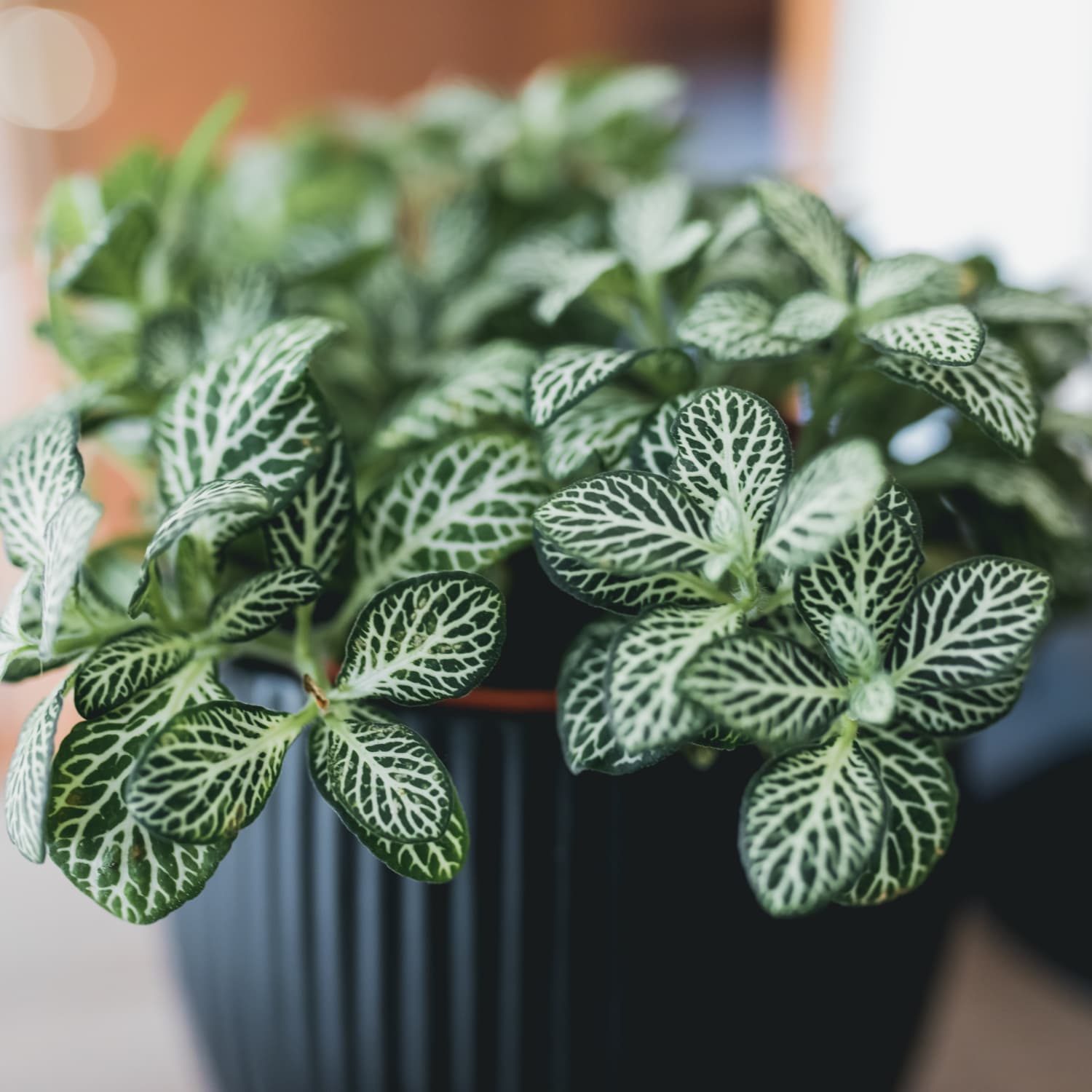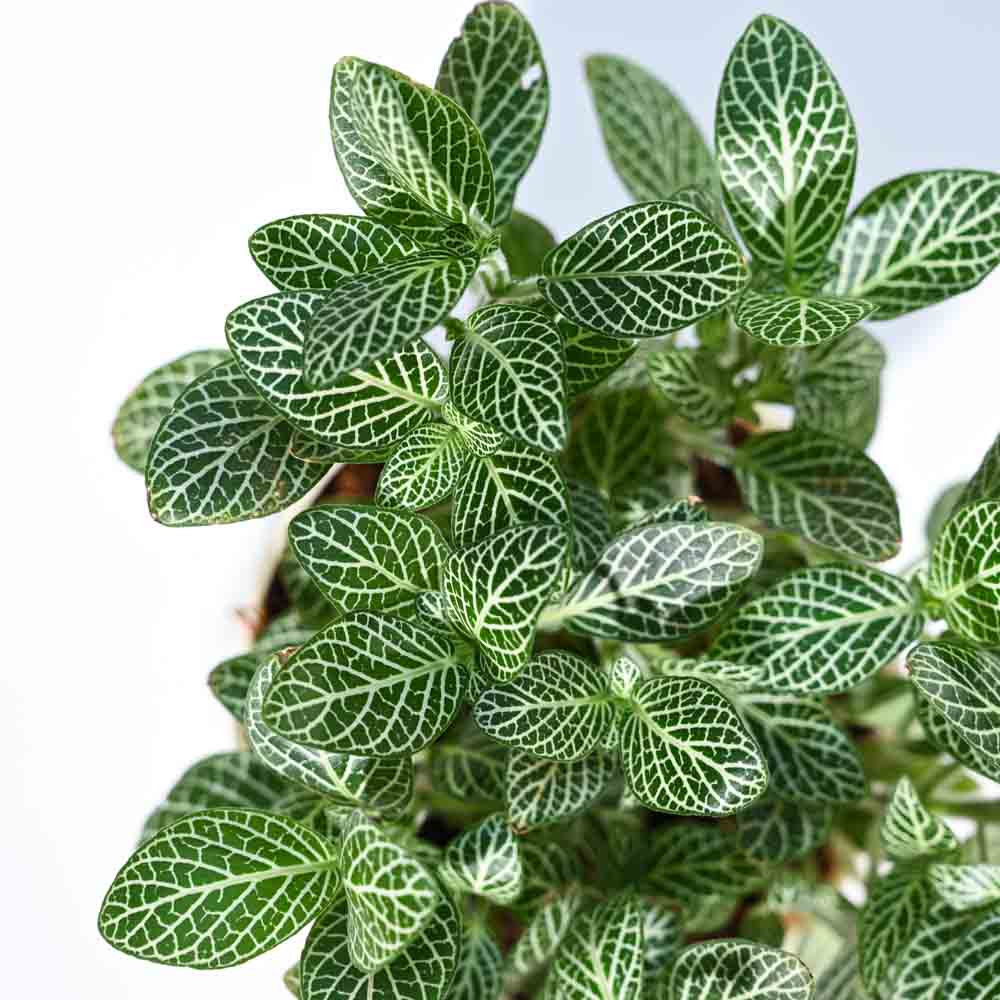Fittonia, also known as mosaic plants or nerve plants, are popular houseplants prized for their striking foliage. With their vibrant veins of color that stand out against a backdrop of green leaves, they add a splash of color to any indoor space.
Care Tips for Fittonia Plants
1. Light: Fittonia plants thrive in bright, indirect light. Avoid direct sunlight, as it can scorch their delicate leaves. A spot near an east-facing window is often ideal.
2. Watering: Keep the soil consistently moist but not soggy. Allow the top inch of soil to dry out slightly between waterings. Overwatering can lead to root rot, so be careful not to drown your Fittonia.
3. Humidity: These plants appreciate high humidity levels. Consider using a humidifier or placing the pot on a pebble tray filled with water. Misting the leaves regularly can also help boost humidity.
4. Temperature: Fittonia prefers warm temperatures between 65-80°F (18-27°C). Avoid exposing them to cold drafts or sudden temperature fluctuations.
5. Soil: A well-draining potting mix is essential for Fittonia plants. A blend of peat moss, perlite, and coco coir works well.
6. Fertilizing: Feed your Fittonia with a balanced liquid fertilizer during the growing season (spring and summer). Dilute the fertilizer to half strength and apply it once a month.
7. Pruning: Regular pruning can help maintain the shape and size of your Fittonia plant. Pinch back any leggy stems to encourage bushier growth.
Common Fittonia Varieties
Fittonia albivenis: This variety features dark green leaves with prominent white veins.

Propagating Fittonia Plants
Fittonia plants can be propagated from stem cuttings. Take a 4-inch stem cutting and remove the bottom leaves. Plant the cutting in a small pot filled with well-draining potting mix. Keep the soil moist and place the pot in a warm, humid location. Roots should develop within a few weeks.
Fittonia Plant Problems
Yellowing leaves: This can be caused by overwatering or underwatering. Adjust your watering schedule accordingly.
Fittonia plants are a wonderful addition to any indoor garden. With their vibrant foliage and relatively easy care requirements, they can bring a touch of nature into your home. By following these care tips, you can enjoy the beauty of your Fittonia plants for years to come.

:max_bytes(150000):strip_icc()/grow-fittonia-houseplants-indoors-1902486-01-4daff2eea07f475a987b19d97dda4f20.jpg)




:max_bytes(150000):strip_icc()/GettyImages-519977770-5a9646281d640400377d6322.jpg?w=200&resize=200,112&ssl=1)

